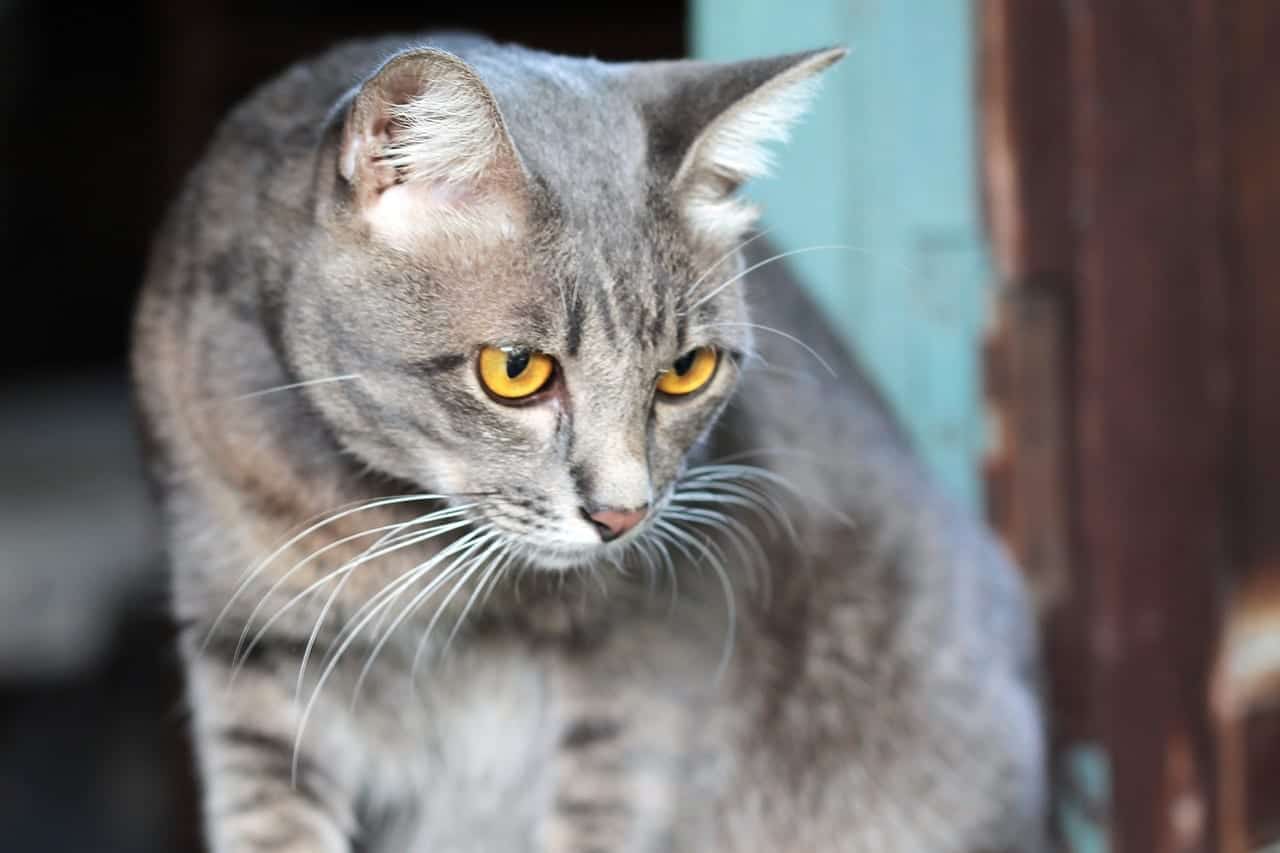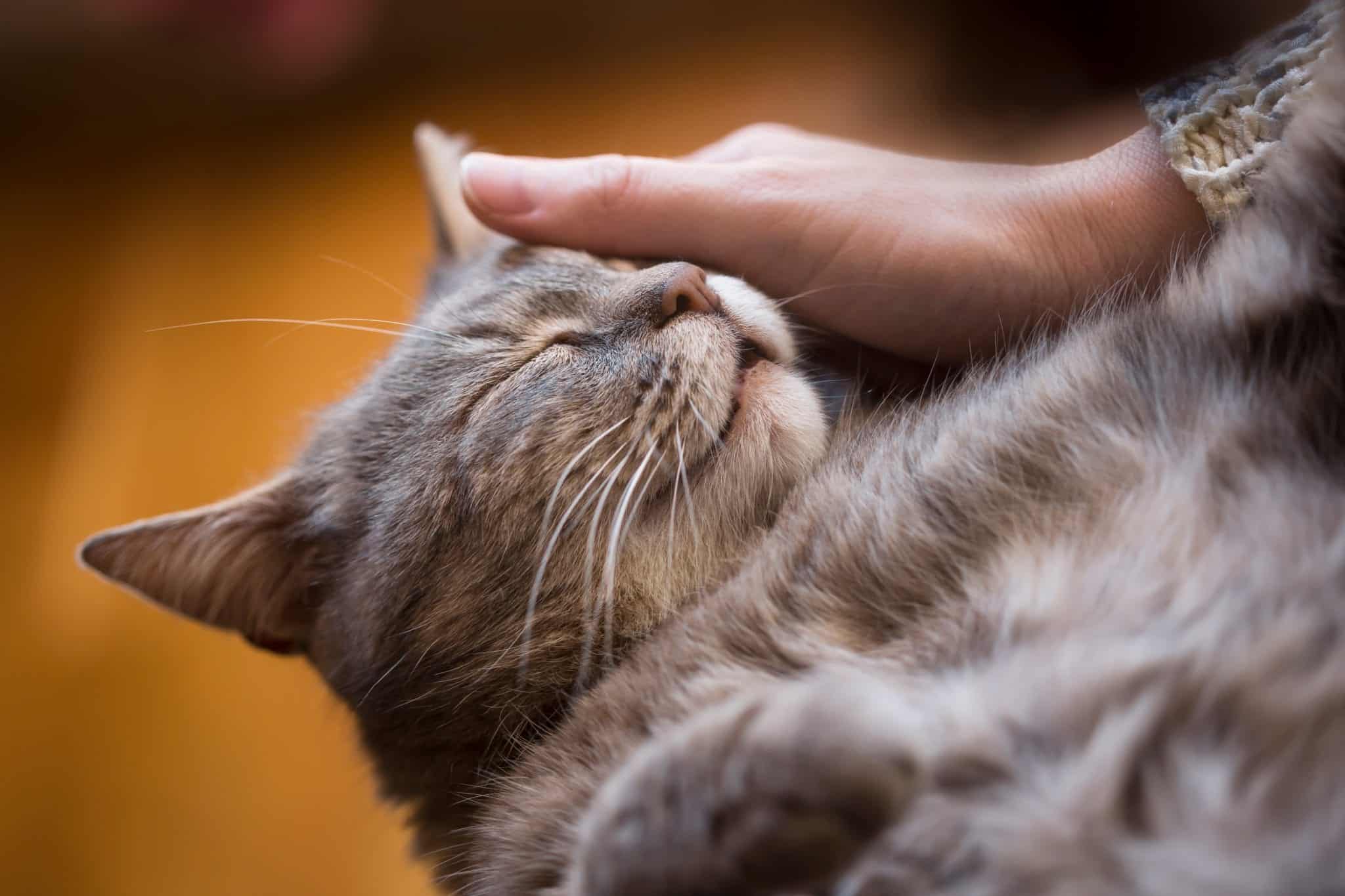by BasePaws
Did you know that next to birds, cats have the widest range of vocalizations of any domestic pet? They’re capable of making over 100 different sounds, and every one of those utterances means something different. You’ll never hear your cat ask for more treats or tell you to back off in words that you understand, but that doesn’t mean they’re not talking to you.
A cat’s ability to make different sounds is a key part in how they communicate with humans and other animals. A meow is never just a meow. And purring might not mean what you think it means. Here we break down a few common cat sounds to give you a better idea of what your talkative feline is trying to say.
Meow
Let’s start with the basic meow. This is the sound you’ll hear the most from your chatty kitty. It’s the quintessential cat sound, but not all meows are the same. Kittens meow to their mothers (mostly when they’re hungry), but you’ll never hear your adult cat meow at another animals. Once they’re past kitten age, cats only meow when they’re communicating with humans. It might be because cats learned over generations how their meows can manipulate humans into giving them what they want. It could also have to do with how cats sometimes see themselves as our flesh and blood offspring. They rely on humans for their survival, just like a kitten relies on its mother.
Regardless of the reason, cats meow at humans usually when they want something. A loud, demanding type of meow could mean the cat is hungry. A quiet, pathetic sounding meow could mean the cat needs medical attention or is lonely. A long, raspy meow could indicate their annoyance at something their human is doing. Deciphering a meow will depend a lot on context, but thinking about the cat’s immediate needs is a good place to start.
Hiss
It’s common knowledge that when a cat starts hissing, you better back off. More often than not, that hiss is followed closely by the claws. Hissing is a common cat sound that indicates the cat is either afraid, extremely cranky, or feeling threatened. It sounds a lot like food sizzling on the grill–expect a lot angrier and scarier. You can also identify a hiss by the accompanying body language that usually includes an arched back, puffed-up fur, and bared teeth.
In the dictionary of common cat sounds, a hiss is never associated with a positive message. But what the hiss means exactly depends on the cat. Some happy-go-lucky cats only hiss in extreme situations. Other, more cranky, cats hiss at even the most minor disturbances. For example, some cats start hissing if they even smell a dog in the next room. Another cat, however, won’t hiss until that dog has pinned them to the ground. Unlike meows, cats hiss at animals, humans, and even the occasional inanimate object. It’s their way of saying, “Back off, or else.”
Chirps, Trills, and Chatter
There are times when your cat might sound more like a bird. And ironically, a lot of those times are when your feisty feline is staring at birds outside the window or attempting to gain access to an inhabited bird house. Chirps, trills, and chatter are all closely related cat sounds. No, it’s not your cat’s way of becoming “one with the birds.” Cats also make this sound when they’re playing with their indoor toys or eyeing up the family hamster.
This cat sound is another one learned during kittenhood. Mother cats often chirp at their litters as a way to get their attention. In adulthood, cats make these sounds when they’re extremely focused on something and potentially want others to also pay attention. Chirps can also mean your cat is especially excited or wound up about something.
Yowl
A yowl is one of those cat sounds you wish you never have to hear. It’s a type of elongated, mournful meow. Cats make this sound both when they’re communicating to another cat and when they’re trying to send an important message to humans. While the sound itself is hard to ignore, the meaning behind the sound isn’t always taken as seriously as should.
If your cat is yowling at another cat, it could mean a few different things. Some cats that aren’t spayed or neutered make a yowl sound when they want to mate. But they might make the same sound to tell a cat to stay off their property. Talk about mixed messages, right? If your cat is yowling at you or when there are no other cats around, you need to pay attention. It could mean that they’re injured or not feeling well. If your cat starts yowling on a regular basis, it’s time to take them to the vet.
Purrs
Purring is one of a cat person’s favorite sounds. It’s that soothing vibration and humming sound that cats make when you pet them in just right the spot. It’s always a satisfying feeling when a cat jumps into your lap and starts purring. It means you’re doing something right and that your cat is relaxed and comfortable. But did you know purring can mean more than one thing?
Web MD Pets says that cats also purr when they’re hungry or want something. This demand-purring has a slightly different tone than the happy purring we love to hear. A hungry purr often sounds raspier and more urgent. It might also be paired with a plaintive meow. It’s basically your cat trying to communicate with you by making whatever sounds they think you’ll pay attention to most.
These are only a few of the cat sounds that a life-long cat lover could hear on a daily basis. And like people, all cats are unique. One cat’s meow might sound different than another’s, and their sounds might have slightly different meanings. But in general, understanding cat sounds is about knowing the facts and paying attention to the context of the situation. Deciphering your cat’s language is a great way to improve your bond.







